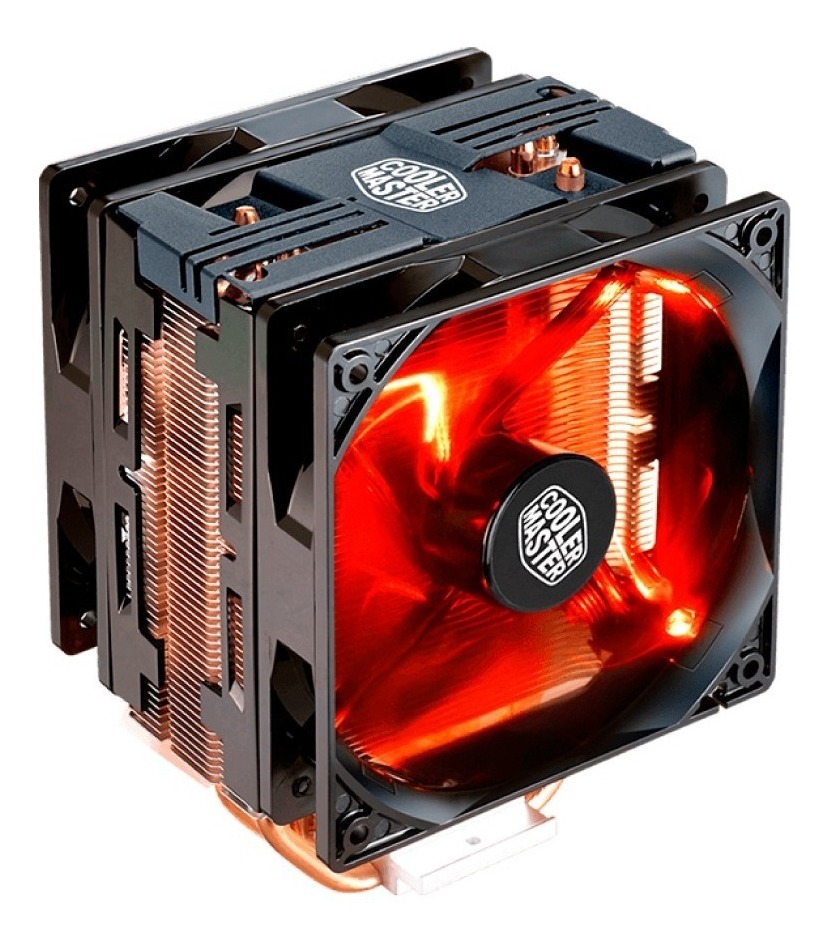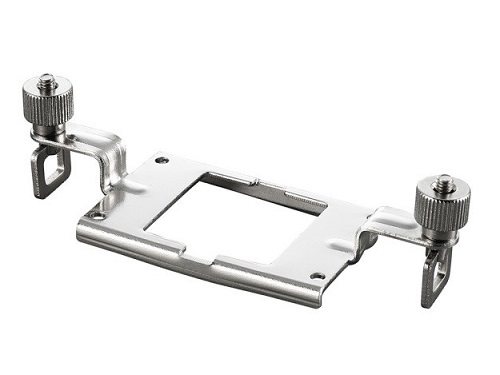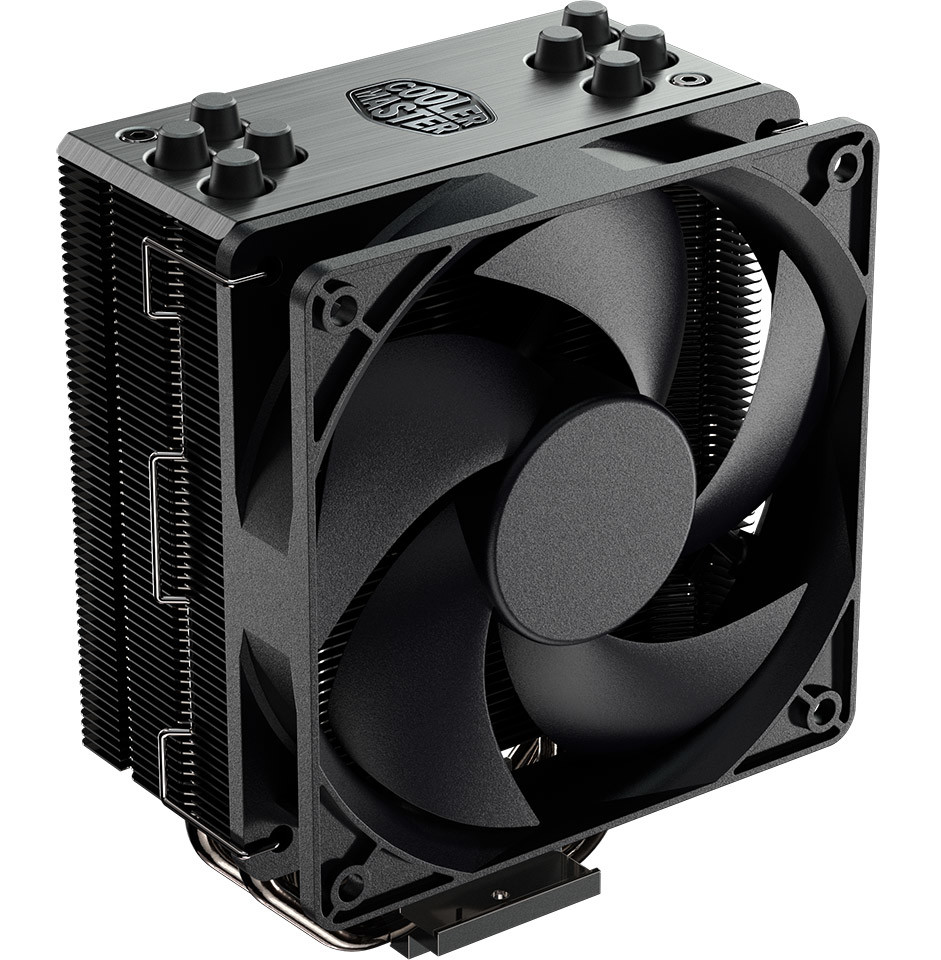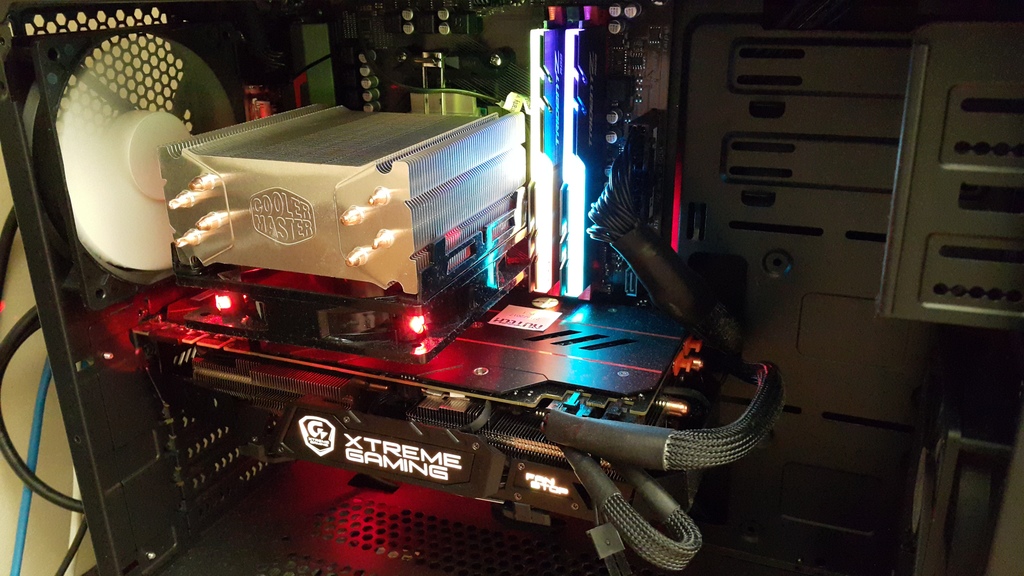
What works for one PC may be insufficient for some and overkill for others. The idea of liquid around hot electrical components may raise some red flags, but a properly sealed liquid cooler is truly the most effective way to control CPU temperatures. They are also generally quieter than air coolers. Liquid coolers are more expensive but often more effective-ideal for PC superusers with heat control issues.

Water- or liquid-based CPU coolers include a waterblock filled with liquid coolant, which absorbs heat as it passes through. Air coolers come in a variety of different sizes, with varying speeds and noise levels-all of which may or may not suit the particulars of your rig-but they’re a solid, general-purpose solution for most custom PCs and desktops.įor a next-level solution, consider a liquid or AIO (“all in one”) cooler. Both work by channeling heat from the processor through a series of heat spreaders, thermal pastes, conductive baseplates, and heat pipes, eventually reaching a fan that disperses the heat.įor a cheap, replaceable cooler, your best bet is an air cooler. There are two primary types of CPU coolers: air and liquid. Here, we’ve compiled a list of the 10 best CPU coolers. To run at peak performance without shortening the lifespan of your desktop, you really need to get yourself a decent cooler.

The type and quality of the cooler can have a major effect on hardware temperature, performance, and even noise.


Even if you don’t indulge in high-CPU tasks like online gaming or overclocking, you need to be wary of overheating, lest you shorten the lifespan of your PC.ĬPU coolers work by absorbing and funneling heat away from the processor. Any component-be it a graphics card, motherboard, or processor-can overheat and throttle performance. Whether you’re upgrading your PC or building a new rig, you need a way to keep things cool.


 0 kommentar(er)
0 kommentar(er)
